Description
The Diya, also known as the “Indian Lamp”, is an oil lamp traditionally used in countries such as India, Nepal, Bangladesh, and Pakistan. It is a common light source in homes, temples, and at religious celebrations.
The origin of Diya can be traced back to the Vedic period of ancient India. Back then, people used coconut shells as a light source. However, over time, the tradition evolved and Diyas began to be used in religious ceremonies and festivals.
The Diya is usually made of clay and has a small oil reservoir, which is filled with mustard oil, ghee or other oil. A wad of absorbent cotton is then placed inside the oil, allowing it to act as a candle. Some Diyas have multiple strands, which allows them to produce more light.
Diyas are often used in religious celebrations such as Diwali, which is a Hindu festival celebrating the victory of good over evil and light over darkness. On this occasion, houses are decorated with Diyas and other lights, symbolizing spiritual enlightenment.
In addition, Diya is used in worship ceremonies in temples and at home. It is considered an offering to the Hindu god Ganesha, who is worshipped at the beginning of all important endeavors. During Puja, a worship ceremony, the Diya is lit and kept near the altar as a symbol of devotion and respect.
The use of Diya also has a broader meaning in Indian culture. It is considered a symbol of knowledge, wisdom, and purity. The light of Diya symbolizes spiritual enlightenment, which is the path to the realization of knowledge and wisdom. In addition, Diya is considered a symbol of purity and cleanliness, because the mustard oil used in its operation has antibacterial and antifungal properties.
In Ayurvedic medicine, mustard oil is used to treat various ailments, including joint pain, coughs, and colds. Therefore, the use of Diya is also considered beneficial for people’s health and well-being.
Besides its religious and cultural importance, the Diya is also used as a source of illumination in rural areas of India where electricity is limited. Diya is a cheap and easy-to-use light source, making it a popular choice in regions where people still rely on battery-powered lanterns and candles.
The glow of a diya is considered auspicious, it provides prosperity, enlightenment, wisdom, and knowledge, as diya lamps represent the victory of light over darkness.
During the Diwali festivities, lamps are burned outside the main entrance of the houses, it is celebrated every year to remember the triumph of good over evil, called in Hindu the Ramayana.
Since fire is one of the 5 elements, it is considered pure, and because of this, lighting a diya is believed to transmute negative energies.
The oil in the lamp symbolizes our negative thoughts, intentions, inferior feelings.
The wick symbolizes the ego.
The flame signifies knowledge, the light that transforms the darkness, illuminating our path and our mind.
Lighting a lamp, means to be in surrender to the Divine and to burn the ego, negativity and all bad feelings.
If you have any questions regarding this product on the Templo de Buda website, you can contact by Whatsapp, email, Instagram or Facebook.
Wholesale
There are special resale prices. You can see more here


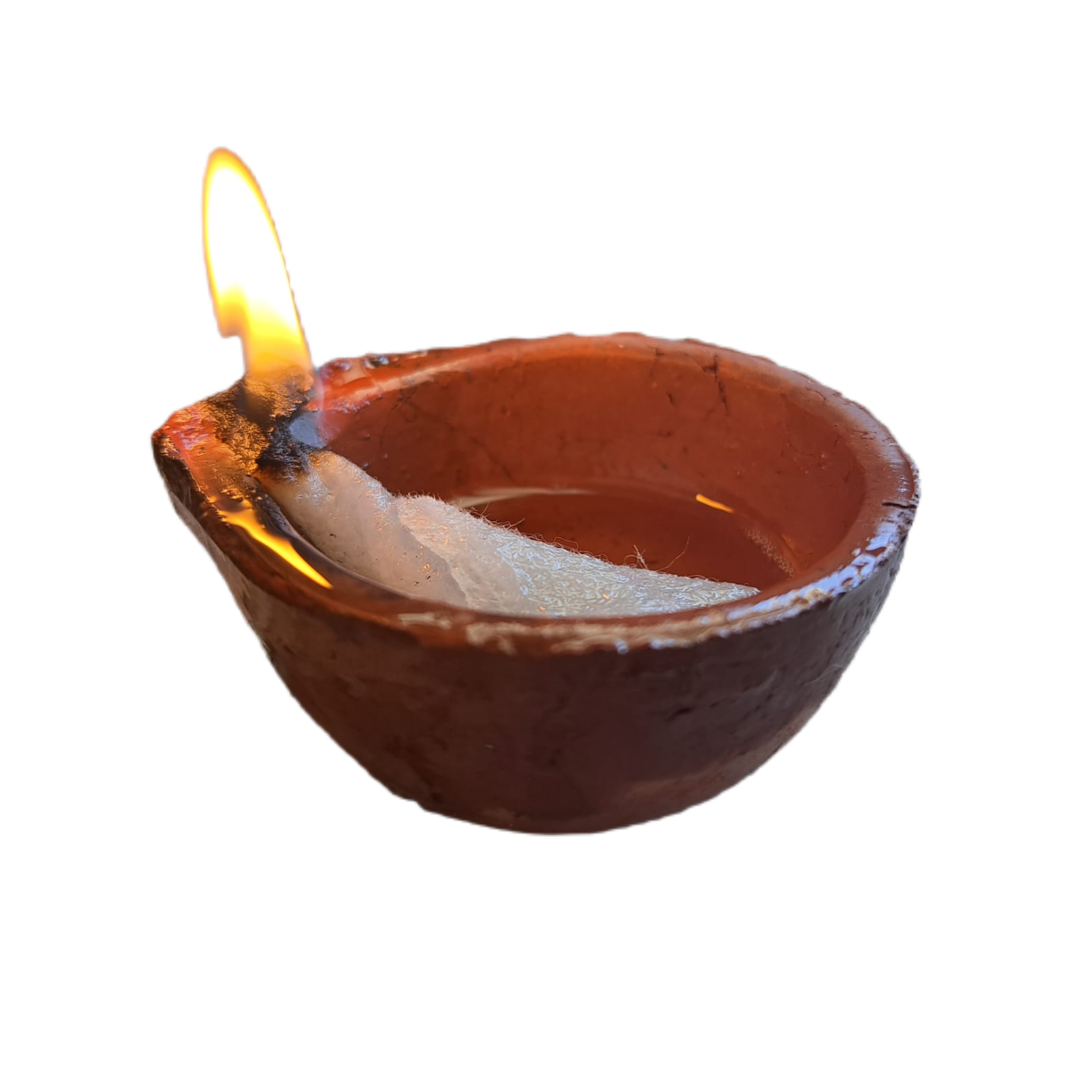
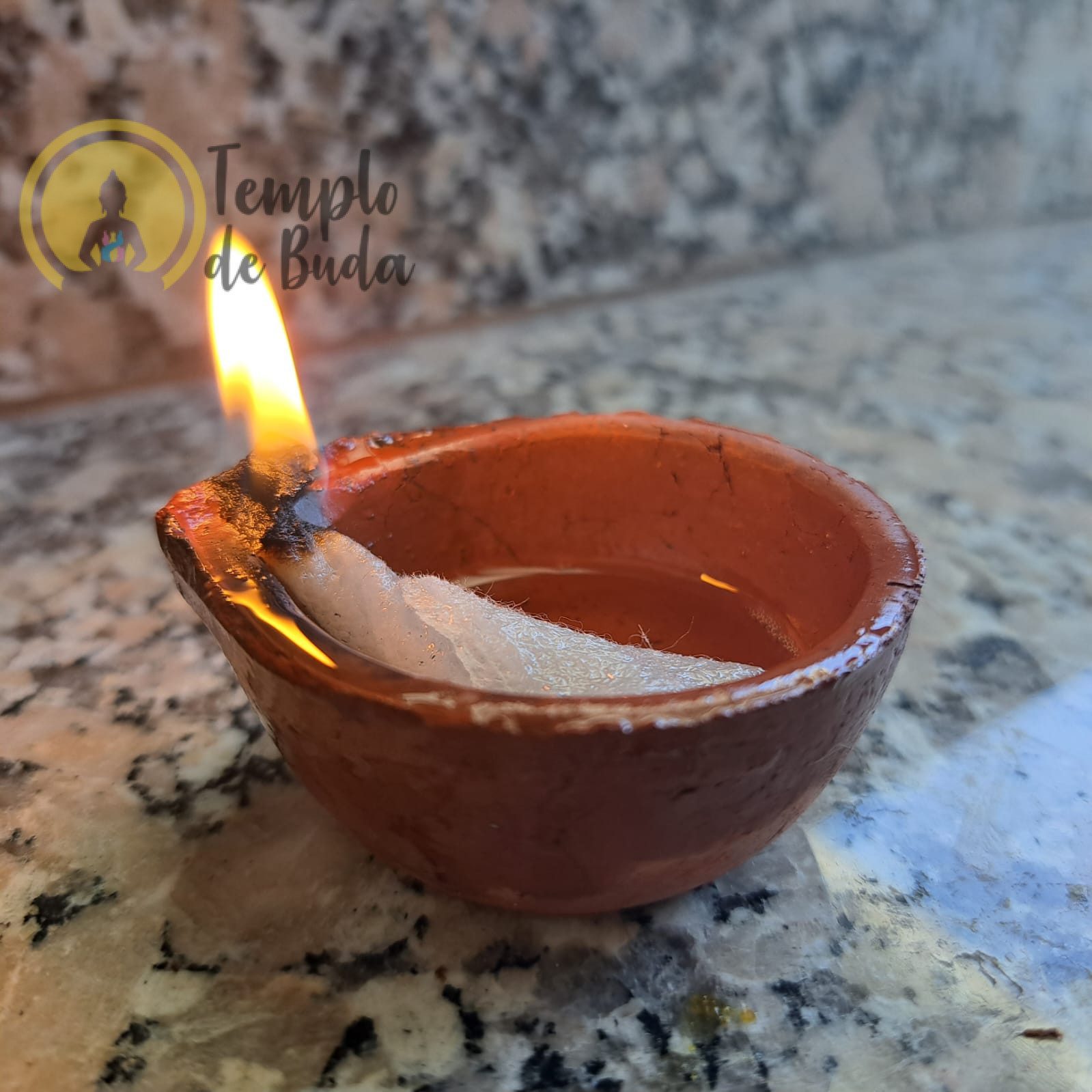
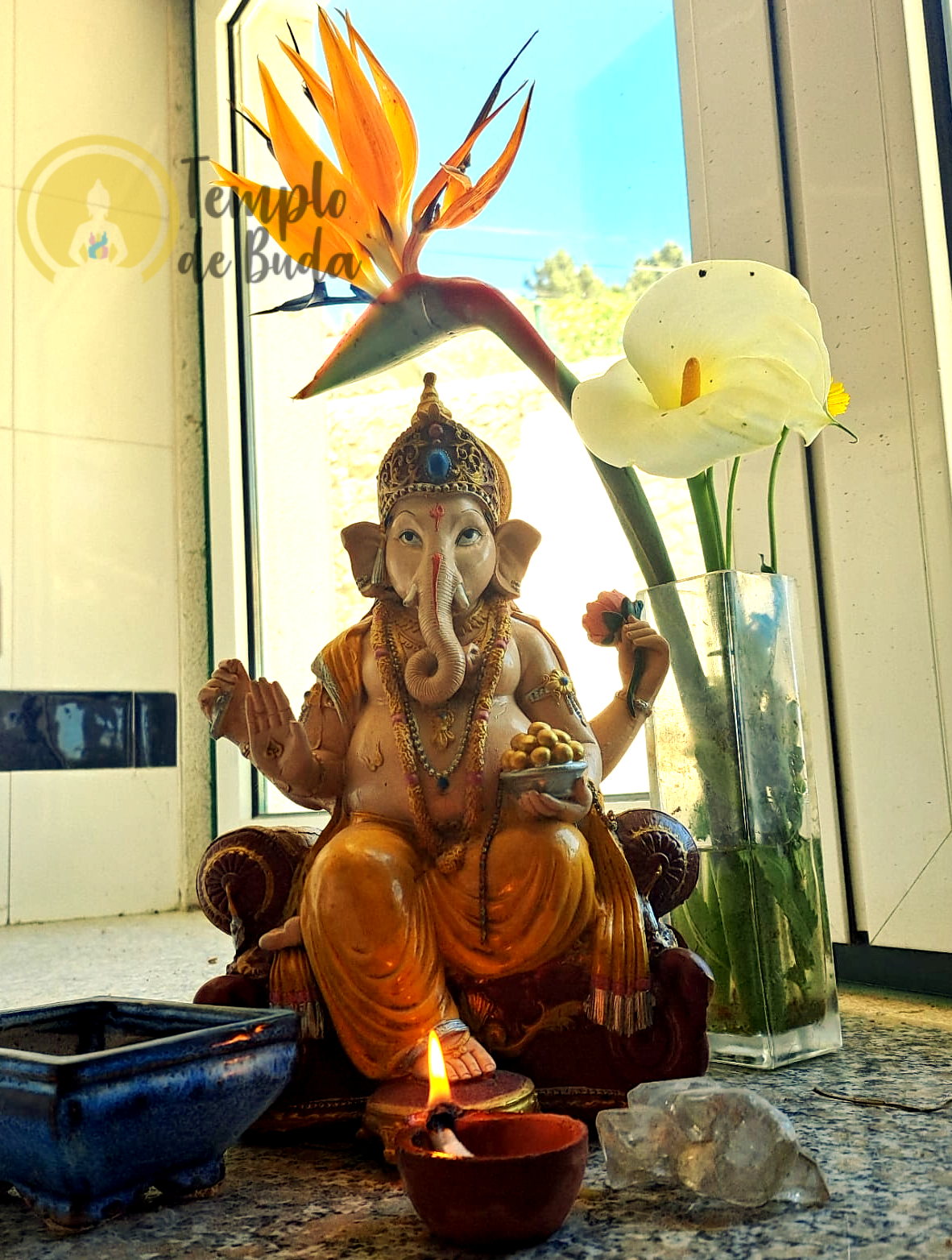

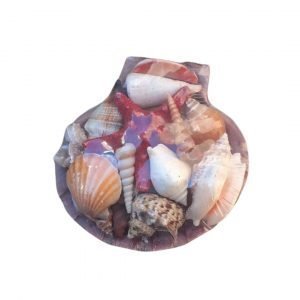

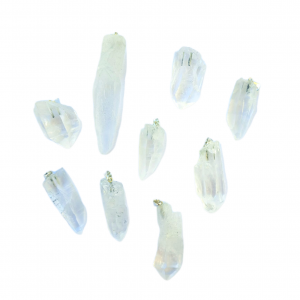

Reviews
There are no reviews yet.